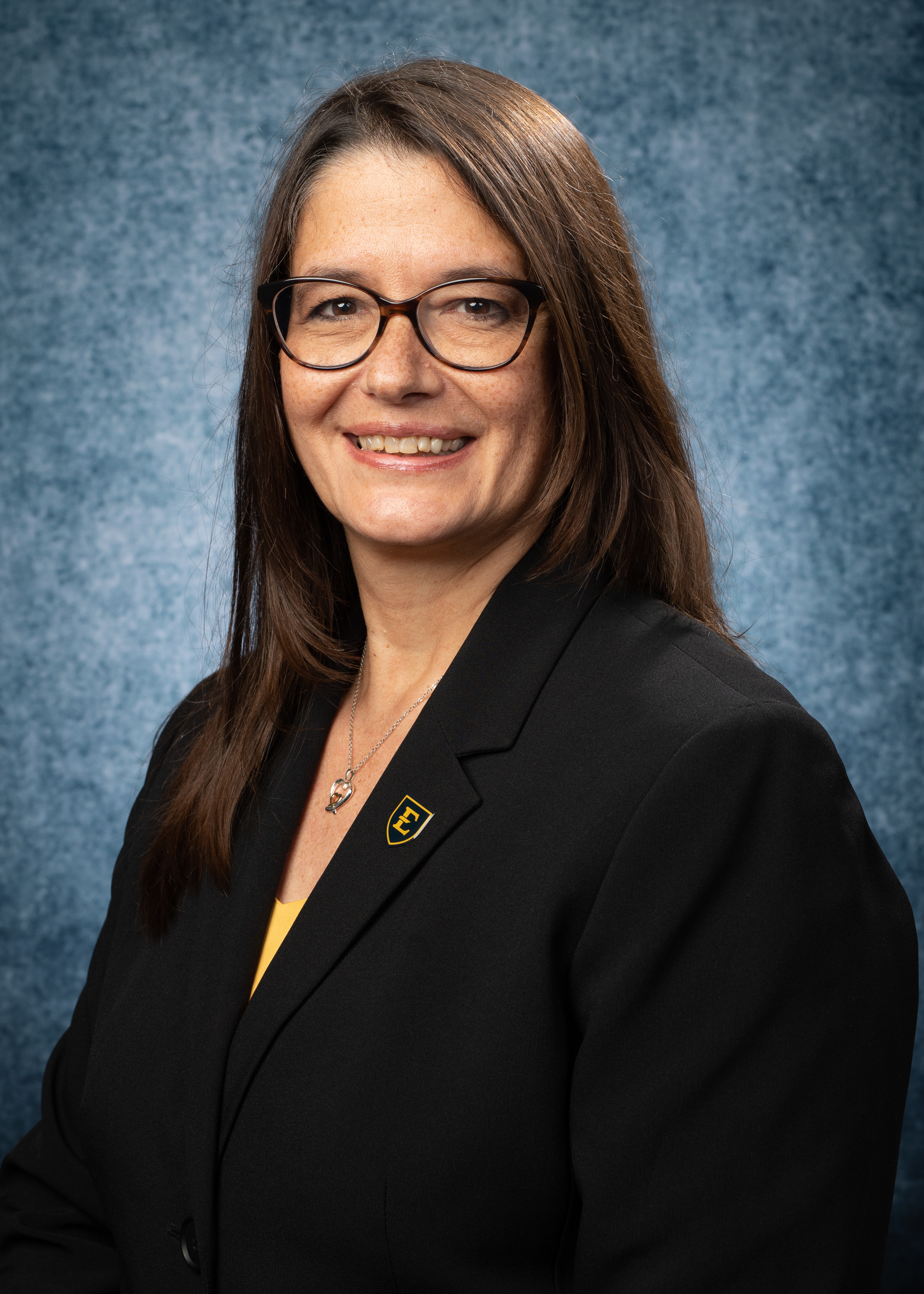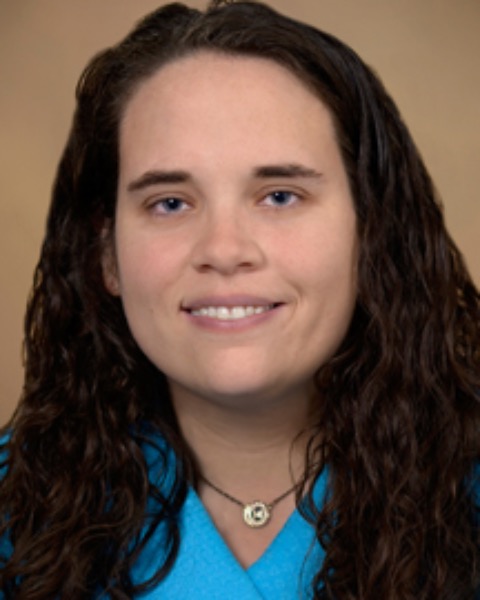Poster
Evolving and Emerging Trends (including Global CPD, IPCE, and Patient Engagement)
Interprofessional Engagement to Improve Clinical Collaboration

Alicia Williams, EdD, CSAC
Associate Director of the Center for Interprofessional Collaboration
East Tennessee State University
Melissa Sharon Hood, MPH, CHCP, CAP
Educational Planner
Quillen College of Medicine.jpg)
Caroline Abercrombie, MD
Senior Director of Experimental Learning / Director of Community Engagement / Associate Professor
ETSU Quillen College of Medicine - Department of Medical Education / Interprofessional Education & Research Program
Co-Presenter(s)
Primary Presenter(s)
Co-Presenter(s)
In partnership with East Tennessee State University’s Center for Interprofessional Collaboration and Continuing Education for Health Professionals departments, we are providing a simulated environment with pre-assigned groups of various professional types. Within the groups, providers review cases as a team and practice utilizing tools for patient care to help increase trust between professionals to improve patient care plans resulting in better health outcomes. We complete this through Zoom in order to reach as many providers as possible. Our quarterly sessions often include providers from various states and professions, for example, our last session included 7 different states and 9 professions. In addition, we utilize other means of technology and tools to help ignite discussions between providers to improve patient care. Adaptation to this approach to other interprofessional team structures is eminently possible. This session will focus on technology and skills that work well to initiate physician collaboration including interactive worksheets and files created in Google Drive, MentiMeter, Social Identity Wheels, and the International Classification of Functioning, Disability, and Health (ICF) Model.
The first portion of the lecture will review the importance of interprofessional communication to improve a community of safety by decreasing fear of speaking up when there is a difference of opinion or other factors that should be considered for the patient’s overall health leading to improved collaboration between professions in the healthcare community.
Next, we will discuss the various tools and technologies that can help improve interdisciplinary education programs hosted to improve collaboration. Time will be allowed to review what each tool is, various ways to use it in practice, and templates if applicable. A guide for each method will be provided to each learner to help participants apply their learning to practice when they return home to help improve their interdisciplinary educational practices.
After the review, we will allow small groups to discuss the pros and cons of each and develop a scenario in which each can be used to make learning more engaging for various healthcare providers to help build a collaborative relationship. Everyone will then reassemble to review how each group intends to use each process to improve interdisciplinary education programs. Feedback from each group will be shared to improve practice for all attendees.
Unlock Your Potential : By providing tools and technology to help plan interprofessional engagement activities, our end goal is to guide learners through developing and implementing programs to support communication and collaboration between various healthcare providers to improve clinical safety and patient outcomes.
Learning Objectives:
- Identify technology and tools to help improve communication and collaboration between various healthcare providers.
- Utilize strategies for improving culture to support team processes and build high-functioning teams.
- Discuss aspects of teamwork in any setting (even non-clinical) that impact team functioning and outcomes.
